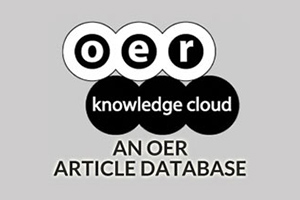Research on MOOCs in Major Referred Journals
The Role and Place of Content
DOI:
https://doi.org/10.19173/irrodl.v20i4.4385Keywords:
MOOC, research review, didactics, contentAbstract
Over the last decade, several studies have focused on massive open online courses (MOOCs). The synthesis presented here concentrates on these studies and aims to examine the place held by content in these studies, especially those produced between 2012 and 2018: sixty-five peer reviewed papers are identified through five major educational technology research journals. The analysis revealed that these research articles covered a wide diversity of content. Content was mainly defined in terms of objectives of MOOCs, prerequisites required for participation in the MOOC, types of learning scenarios, and, though rarely, through the strategies used to convey content. In addition, empirical studies adopted a variety of conceptual frameworks which focused mainly on learning strategies without relating to the content in question. Finally, content was seldom considered as a research object. These results can provide MOOC researchers and instructors with insights for the study and design of MOOCs by taking into account the specificity of their content.
Publication Facts
Reviewer profiles N/A
Author statements
- Academic society
- N/A
- Publisher
- Athabasca University Press
Published
How to Cite
Issue
Section
License
This work is licensed under a Creative Commons Attribution 4.0 International License. The copyright for all content published in IRRODL remains with the authors.
This copyright agreement and usage license ensure that the article is distributed as widely as possible and can be included in any scientific or scholarly archive.
You are free to
- Share — copy and redistribute the material in any medium or format
- Adapt — remix, transform, and build upon the material for any purpose, even commercially.
The licensor cannot revoke these freedoms as long as you follow the license terms below:
- Attribution — You must give appropriate credit, provide a link to the license, and indicate if changes were made. You may do so in any reasonable manner, but not in any way that suggests the licensor endorses you or your use.
- No additional restrictions — You may not apply legal terms or technological measures that legally restrict others from doing anything the license permits.








